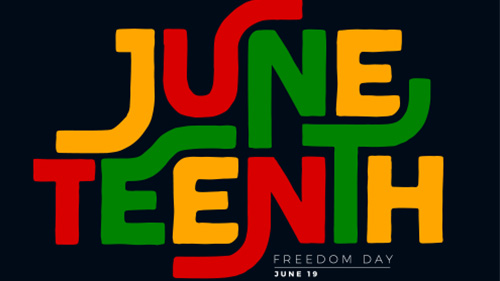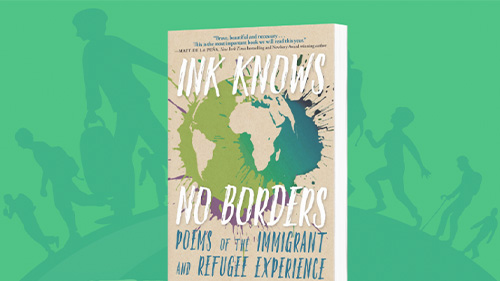Tips for Student-Lead Classes
We’ve heard of Project-Based Learning (PBLs), which allows students to mostly have independent leadership through a task or project and creative...
AP & Honors Mathematics
Explore Wiley titles to support both AP and Honors mathematics instruction.
Literacy Skills & Intensive Reading
Connections: Reading – Grades 6–12
Empower student success with a proven intensive reading program that develops strong reading skills in striving readers.
Drama, Speech & Debate
Basic Drama Projects 10th Edition
Build students’ confidence and competence with comprehensive, project-based theatre instruction.
Literature
Connections: Literature
Support learners as they study dynamic, relevant texts and bring the richness of diverse voices to students through literature.
Literature & Thought
Develop critical thinking, reading, and writing across literacy themes, genres, historical eras, and current events.
Language Arts
Vocabu-Lit® – Grades 6–12
Help students build word power using high-quality contemporary and classic literature, nonfiction, essays, and more.
Connections: Writing & Language
Help students develop grammar, usage, mechanics, vocabulary, spelling, and writing and editing skills.
Reading/English Language Arts
Measuring Up to the English Language Arts Standards
Incorporate standards-driven teaching strategies to complement your ELA curriculum.
English Language Learners
Measuring Up for English Language Learners
Incorporate research-based best practices for ELLs with an approach that includes a focus on language acquisition strategies.
Mathematics
Measuring Up to the Mathematics Standards
Incorporate standards-driven teaching strategies to complement your mathematics curriculum.
Foundations
Measuring Up Foundations
Help students master foundational math skills that are critical for students to find academic success.
Science
Measuring Up to the Next Generation Science Standards
Give students comprehensive NGSS coverage while targeting instruction and providing rigorous standards practice.
Assessment
Measuring Up Live
Deliver innovative assessment and practice technology designed to offer data-driven instructional support.
For a better website experience, please confirm you are in:
Several years ago, I began using a 4-point Student Engagement rubric for assignments that were either early in the knowledge acquisition period or for process-type assignments. My Student Engagement Rubric is below:
Before implementing this rubric, my team's teachers feared that the students would see an assignment and say “It’s only 4 points; I’m not going to do it.” I admitted that this might happen, but those are also the students who would attempt to refuse to complete a 10-point assignment or a 100-point one.
Here are five reasons why you should utilize a Student Engagement rubric:
Since I implemented the Student Engagement rubric, I have seen a tremendous improvement in my students’ writing, their ownership of their work, and their pride in their involvement. I highly suggest you try it in your classroom this upcoming year.

We’ve heard of Project-Based Learning (PBLs), which allows students to mostly have independent leadership through a task or project and creative...

The best part of my job is the gift of diversity and the stories I get to prompt students to produce in a creative way through narratives, short...

Laura Kebart (English Language Arts Teachers) shares strategies for 6-8 ELA teachers for creating rubrics that center student improvement. {%...

Something I think students with siblings might be able to relate to is competing with each other to please their parents or be the best. In some...

If you've ever worked with students who struggle with reading—or experienced that struggle yourself—you’ve likely seen it firsthand: the hesitation,...

One of the key shifts in English Language Arts classrooms is the move for students to engage routinely with complex text. To prepare students for the...

Explore engaging and interactive Juneteenth lesson plans designed for secondary education students to deepen their understanding of this important...

Although our middle school ELA students should have been capitalizing words like "I" since they were in early elementary school, many either just...

Poetry offers a creative outlet for writers to explore their emotions, experiences, and dreams for the future. It offers extraordinary literary...

Students' favorite streaming services, movies, and video games are all packed with compelling storytelling. To get them more excited about reading, I...

There are so many more interesting methods to writing a character analysis than writing an analysis paragraph. Oftentimes, English or language arts...

As a public educator, one of the most vital things that I try to get my students to understand is how all the information they learn works together...

